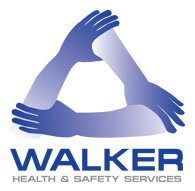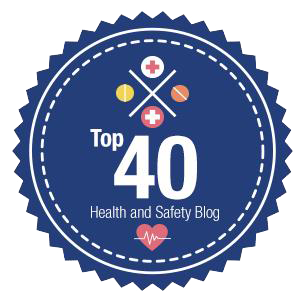Plan your racking layout
HSE recommends that your racking is laid out so as to avoid “tight corners, awkwardly placed doors, pillars, uneven surfaces and changes of gradient”. Be realistic and look at the space you have. If you properly plan how your racking is going to be laid out, then you can make the most out of any kind of space. If you rush this stage, you are going to wind up with a storage space that is both inefficient and unsafe. If you find that your racking is blocking walkways, or if it doesn’t seem to handle loads very well, it may be the case that you need to rethink the layout of your warehouse.
Know the limits of your racking equipment
Each piece of racking has its own guidelines with regards to weight and load size. If you’ve been using the same piece of racking for years, it’s easy to start thinking that you know better than the recommendation. You’ve noticed that your racking can usually take more weight than is recommended, so where’s the harm? The harm is in the fact that, while you may consider yourself well acquainted with your racking equipment from several months or years using it, those guidelines have been put in place by the very people who designed the equipment. If your racking provider was confident that your racking could take more weight, then they would have said this when selling it to you. No racking designer or provider is going to undersell their product. Even if you’ve taken the risk of overloading your racking a hundred times and have gotten away with it just fine, that doesn’t mean that you will be safe the hundred and first time. Don’t take the risk.
Regular racking inspection
Inspecting your racking doesn’t have to be such a daunting task, and a little bit of effort will go a long way in the long run. HSE recommends using a logbook so that managers and staff can inspect racking on a daily to weekly basis. They recommend a colour-coded system to keep track of potential problems. Though it is important that this colour-coding is consistent among employees. One person’s green should not be another person’s amber. Be sure that both you and your employees know what you’re looking for and exactly what terminology you are using. Are you cantilever racking braces bent? If so, what should you do? HSE also recommend an annual check by a person who is “technically competent”.
Protect your racking
Racking protection is about more than wrapping your exposed frame in foam and hoping for the best. Rather, racking protection is largely about prevention. Putting in place forklift use protocols for your warehouse is an excellent form of protection. This way, you can stop a bump from happening rather than simply softening the impact.
Contact us for advice.









